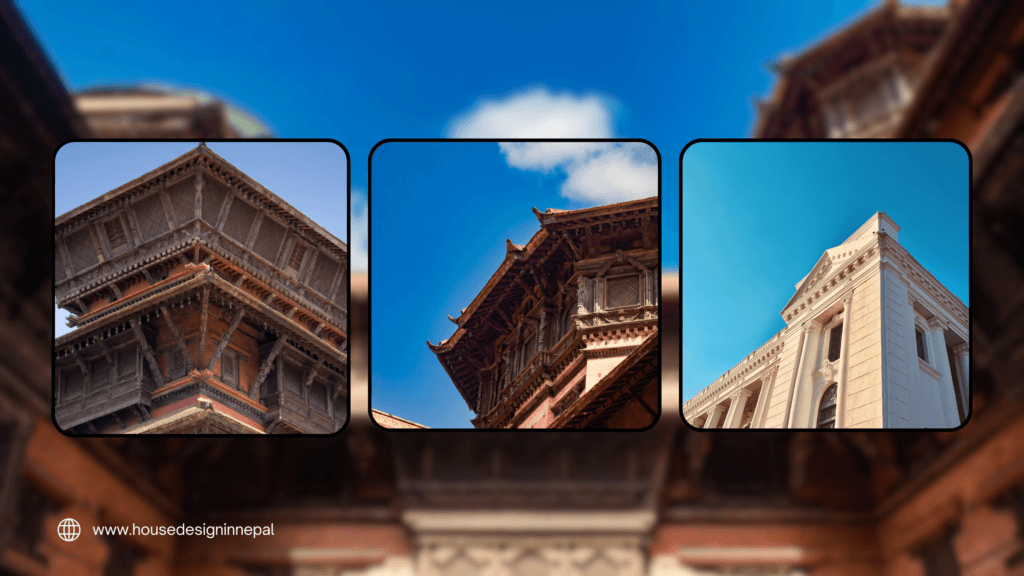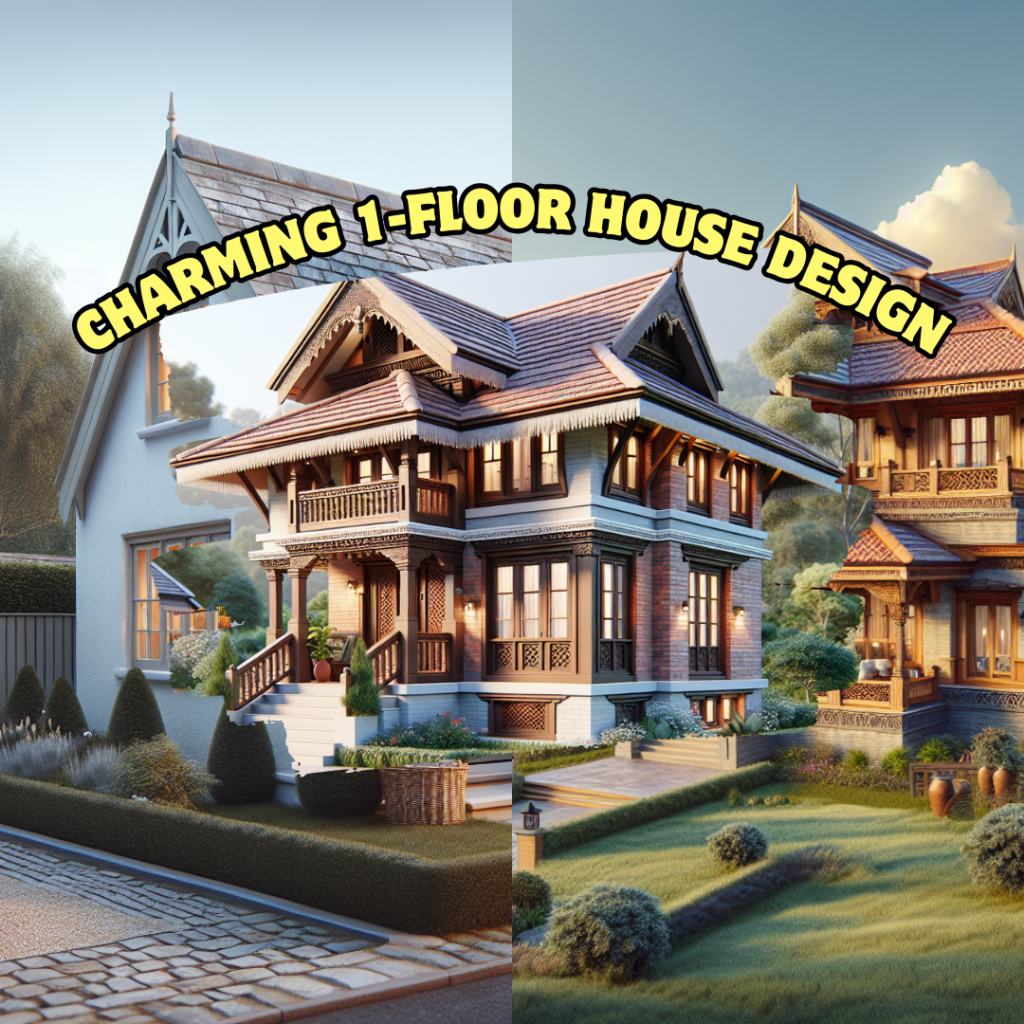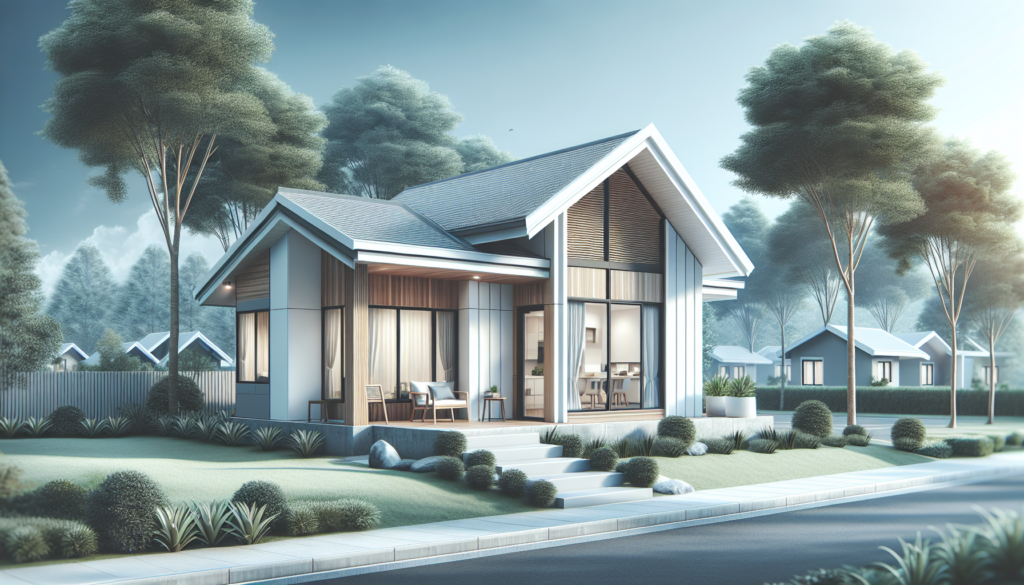Introduction
Nepal, a land of stunning landscapes and rich cultural heritage, is witnessing an exciting fusion in its house design trends. Homeowners are increasingly exploring modern styles while cherishing traditional elements in architecture. This blend of old and new creates unique living spaces that reflect the comfort and functionality of modernity, infused with the charm of Nepalese tradition. As these trends evolve, they not only redefine aesthetics but also impact house prices in Nepal, offering diverse choices for potential homebuyers.
Traditional House Design in Nepal
Walking through the narrow lanes of Kathmandu or the hill towns in Nepal, it’s easy to be captivated by the charm and elegance of traditional Nepalese architecture. These homes mirror the diverse culture and history of this beautiful country, offering a glimpse into a bygone era with their unique designs and sturdy structures.
Key Features of Traditional Nepalese Architecture
Traditional Nepalese homes are well-known for their timeless beauty and simplicity. Several distinct features make them stand out:
– Brick and Wood Materials: The primary materials used in traditional construction are locally-sourced bricks and intricately carved wood. These materials not only provide durability but also an aesthetic appeal.
– Multi-Layered Roofs: These homes often have tiered roofs with terracotta tiles. The design is not just about looks—it also helps with water drainage during monsoon season.
– Small Windows with Lattice Wooden Frames: Small windows are framed in exquisitely carved wood. These are more than just decorative elements; they filter light in a way that keeps the interiors cool.
– Inner Courtyards (Chowks): Courtyards are central in traditional homes, serving as open spaces for family gatherings, which foster a sense of community and togetherness.
– Ornate Doors and Windows: The detailed artwork on doors and windows is a reflection of the rich artistic heritage of Nepal. These carvings often tell stories or depict deities.
Cultural Significance and Historical Roots
The traditional architecture of Nepal is deeply intertwined with its cultural and religious beliefs. Many homes, especially in the Newar community, are designed according to Vastu Shastra, a traditional Hindu system of architecture. The alignment and construction of such homes are believed to bring prosperity and harmony to the inhabitants.
Historical influences can be traced back to the 12th century with the Malla Dynasty, renowned for their contributions to art and architecture. Their legacy is evident in the traditional homes we see today, which often feature intricate craftsmanship and religious symbolism.
Challenges and Limitations of Traditional Designs
Despite their beauty, traditional house designs face several challenges in contemporary times:
– Earthquake Vulnerability: Nepal is highly prone to earthquakes, and traditional homes, with their age and construction style, often lack the structural integrity to withstand seismic events. Without modern engineering techniques, these homes face a significant risk during such natural disasters.
– Maintenance and Repair Costs: The elaborate woodwork and brick masonry require constant maintenance, which can be both labor-intensive and costly. In the modern world, maintaining these structures to preserve their heritage can sometimes be overwhelming for homeowners.
– Limited Modern Amenities: The traditional homes were not designed to accommodate modern amenities like centralized heating/cooling or advanced plumbing systems, making them less convenient for today’s lifestyle.
– Space Constraint: Older homes were not designed with space optimization in mind. As a result, transitioning such homes to include expansive living areas or open floor plans can be difficult.
While traditional designs hold a sacred place in the heart of Nepal’s history, they also pose some significant restraints that challenge modern living.
Modern House Design in Nepal

In contrast, modern house designs in Nepal are a testament to how innovation can blend seamlessly with cultural and environmental considerations. As urban areas grow and technology advances, there’s a noticeable shift towards contemporary architecture that suits current needs and lifestyles.
Defining Modern Nepalese Architecture
Modern Nepalese architecture is all about striking a balance between innovation and practicality. It leans heavily on environmentally friendly practices and modern engineering while respecting Nepal’s cultural essence. Here’s how modern architecture is being defined:
– Simplicity and Functionality: The modern design ethos focuses on clean lines, minimalistic decor, and practical layouts, creating homes that are both efficient and aesthetically pleasing.
– Use of Sustainable Materials: There’s a rise in using eco-friendly and sustainable materials such as bamboo, recycled steel, and insulated panels to reduce environmental impact.
– Technological Integration: Smart home features, such as automated lighting and security systems, are increasingly incorporated, enhancing the comfort and security of homes.
– Flexibility in Design: Modern designs often incorporate multi-purpose spaces, allowing homeowners to adapt areas based on their needs and lifestyle changes.
Popular Modern Design Elements
Several elements characterize the modern architectural trend surging through Nepal:
– Open Floor Plans: Unlike traditional homes, many modern homes favor open floor plans that facilitate natural light, creating a bright and airy feel.
– Large Glass Windows: To maximize light and offer expansive views of scenic landscapes, large glass windows are a popular feature.
– Rooftop Gardens and Green Spaces: As urban areas become denser, modern homes are incorporating green spaces like rooftop gardens to bring nature back into the living environment.
– Neutral and Earthy Color Palettes: Modern designs often feature neutral colors and earthy tones, contributing to a subtle elegance and a calming atmosphere.
– Innovative Facades: The exterior designs use a mix of textures and materials, creating visually striking façades that are both modern and inviting.
Advantages of Modern House Designs
Modern house designs offer several advantages that cater to present-day lifestyles:
– Earthquake Resilience: With advancements in technology and engineering, modern houses are built to be more resilient to earthquakes, providing a safer living environment.
– Energy Efficiency: Many modern homes are designed with energy efficiency in mind, featuring insulation, energy-efficient windows, and solar panels to cut down utility costs and reduce carbon footprints.
– Customization and Personalization: Homeowners have more flexibility in customizing their living spaces, from choosing layouts to selecting finishes that reflect their personality and needs.
– Enhanced Comfort and Convenience: Modern homes are equipped with the latest features for comfort and convenience, including advanced HVAC systems, smart home technology, and user-friendly designs that accommodate modern appliances and fixtures.
– Higher Property Value: Due to the inclusion of modern amenities and energy-efficient solutions, modern homes tend to have higher market values compared to traditional homes.
As the demand for modern living increases, these designs continue to adapt, blend, and innovate, setting new standards in house design in Nepal.
In conclusion, the house design landscape in Nepal is a fascinating blend of the old and the new. Traditional designs offer historical depth and cultural significance, standing as a testament to the country’s rich heritage. Meanwhile, modern designs provide solutions for contemporary living while often acknowledging the incredible backdrop of their traditional predecessors. As Nepal looks to the future, it will be interesting to see how these two design philosophies continue to coexist, evolve, and perhaps even merge further.
Blending Tradition with Modernity
In the heart of the Himalayas, a remarkable transformation is unfolding. Nepal, a land rich in cultural heritage, is witnessing a significant shift in its approach to house design. With a fusion of traditional elements and modern aesthetics, homeowners and architects are crafting spaces that honor the past while embracing the future. This blend of influences creates homes that are not only beautiful but also uniquely reflective of Nepalese identity.
Incorporation of Traditional Elements in Modern Designs
The beauty of modern Nepalese architecture lies in its ability to simultaneously preserve and innovate. Traditional architectural elements, such as ornate wood carvings, sloped roofs, and the use of brick and stone, are gracefully woven into the fabric of contemporary structures. Imagine a sleek glass facade with intricately carved wooden windows—this is where past meets present.
– Wood Carvings: Once a staple of heritage buildings, these intricate designs are now a popular choice for interior decor, adding warmth and a sense of history to otherwise minimalist spaces.
– Sloped Roofs: Known for their practicality during monsoon seasons, these roofs remain a vital feature, aptly modernized with energy-efficient materials that ensure durability.
– Brick and Stone Exteriors: These materials not only offer insulation but also provide a rustic charm that blends seamlessly with contemporary styles.
By marrying traditional aesthetics with modern functionality, new house designs in Nepal foster a harmonious living environment that celebrates cultural roots without compromising on modern conveniences.
Success Stories of Hybrid Designs in Nepal
Several homeowners and architects in Nepal have successfully brought this blend of tradition and modernity to life. Their homes stand as testaments to creativity, resilience, and respect for history.
One such success story is the Patan durbar-style home in the outskirts of Kathmandu. Built by a visionary architect, this house incorporates the grandeur of Newa architecture with the slick efficiency of modern design. The intricately carved wooden beams draw from the artistry of ancient temples, while large open spaces and glass walls speak to minimalism and modernity.
Another inspiring example is a residential complex in Pokhara that boasts eco-friendly features and traditional aesthetics. These homes feature green roofs and solar panels alongside traditional clay tiles and brickwork, creating a sustainable living environment that’s both stylish and environmentally conscious.
These hybrid designs don’t just stand out for their aesthetic appeal. They also promote sustainability by utilizing local materials and reducing reliance on imported goods, thereby lowering construction costs and house prices in Nepal.
Future Trends of House Design in Nepal
Gazing into the future, it’s evident that the trend of blending tradition with modernity is here to stay. As more people recognize the value of maintaining cultural identity within modern spaces, new house designs will continue to evolve, drawing inspiration from both old and new.
Some trends we anticipate seeing include:
– Smart Homes with Traditional Aesthetics: The integration of technology and traditional design is expected to grow. Imagine homes outfitted with smart systems that maintain energy efficiency while adorned with traditional embellishments.
– Use of Sustainable Materials: With an increasing focus on sustainability, more architects will utilize eco-friendly materials like reclaimed wood and recycled metal, which align with traditional design philosophies.
– Community-Centric Designs: As societal values shift towards community and connection, there will be a greater emphasis on designing homes that facilitate communal living and shared spaces.
The journey of house design in Nepal is indeed an exciting one. As architects and homeowners continue to push boundaries, they blend time-honored traditions with cutting-edge innovations, crafting spaces that narrate a uniquely Nepalese story. Whether it’s through a carved wooden door or a sleek modern kitchen, the homes of Nepal offer glimpses into a future where past and present live in harmonious balance.
Conclusion
In conclusion, the evolution of house design in Nepal is a fascinating journey that beautifully blends the old with the new. Both modern and traditional design elements offer unique benefits, allowing homeowners to choose what suits their lifestyle best. Whether you are drawn to the sleek lines of modern architecture or the charming features of traditional homes, Nepal offers a variety of options. As the housing landscape in Nepal continues to transform, the choices reflect the cultural richness and adaptability of the people, making homes not just places to live, but reflections of a dynamic society.




